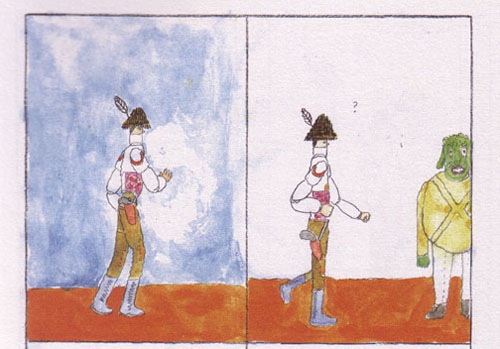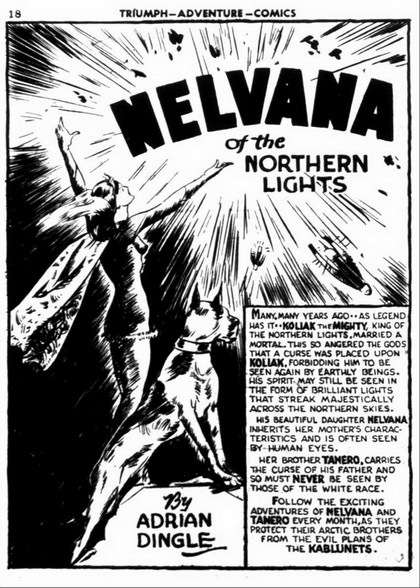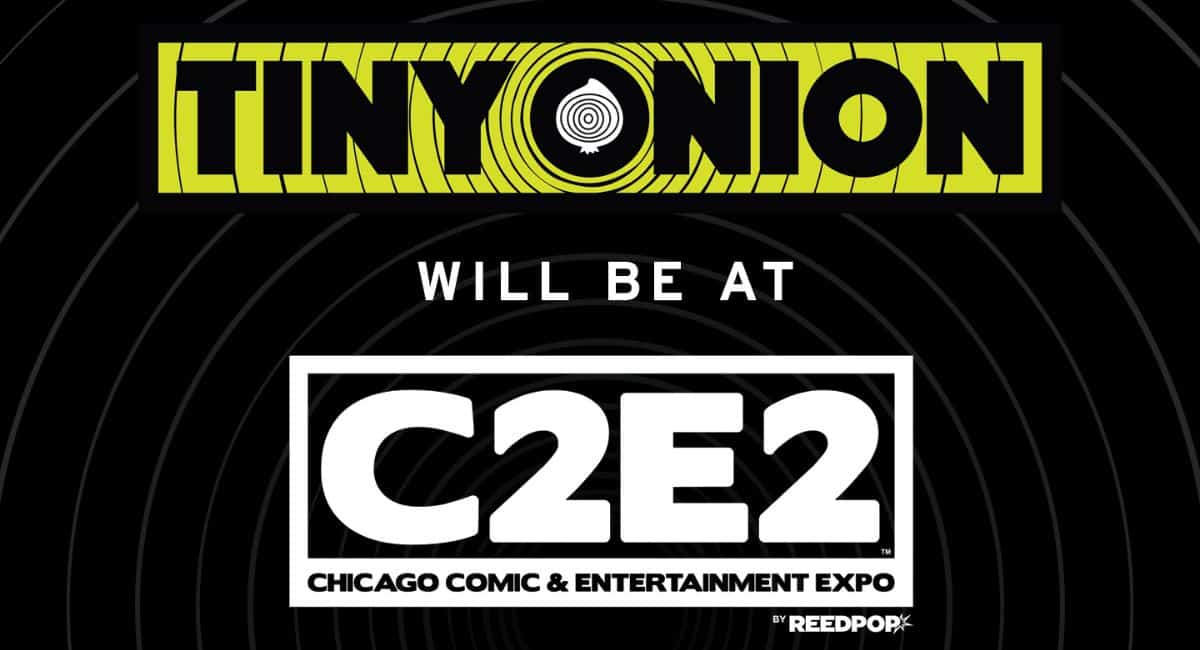§ When you let your kids drink out of those cool character glasses you bough at the Warner Store, you didn’t know you were consigning them to a life of brain damage:
Drinking glasses depicting comic book and movie characters such as Superman, Wonder Woman and the Tin Man from “The Wizard of Oz” exceed federal limits for lead in children’s products by up to 1,000 times, according to laboratory testing commissioned by the Associated Press.
The decorative enamel on the superhero and Oz sets — made in China and purchased at a Warner Brothers Studios store in Burbank — contained between 16 percent and 30.2 percent lead. The federal limit on children’s products is 0.03 percent.
§ Our favorite part of the boilerplate local convention story is without question the profile of the aspiring publisher:
The 32-year-old high school art teacher from Creswell has been coming to the Portland Comic Book Show for years, hoping his series, “The Elysian,” will be discovered by one of the big comic book companies — Marvel, DC, Dark Horse, Image and the like. “It’s kind of a modern myth, basically,” Stepp says of the series. “A demigod who has to save us, because people are being lazy.” While Stepp works, someone occasionally stops by to flip through “The Elysian” or check out his portfolio of sketches. Mostly, they pass his booth by in favor of the ones selling poster art of famous superheroes and 50-cent copies of the classic comics.
§ Matthias Wivel looks at “The Comics of the Decade” like KRAMERS ERGOT #4:
But back to the matter at hand: the reason Kramers Ergot #4 makes such an impression is that it takes this aesthetic further than previously seen in any one place. It shows a partiality toward lyrical or associative pictorial sequences, rather than the story- or plot-driven approach usually seen in comics. Some would surely argue that a fair amount of the included material isn’t comics at all, and it might not be, but ultimately that’s a fruitless and impossible discussion that fails to address the work—and this really is an editorial ‘work’ — on the premises it deserves.
§ This mysterious credit in Batman: The Brave and the Bold sends Don MacPherson on a quest to his email in-box and back.
We’ve seen creator credits, both in DC comics and other-media adaptations of its super-hero properties, for Superman creators Jerry Siegel and Joe Shuster and Batman creator Bob Kane for years. More recently, credits have shown up for Wonder Woman creator William Moulton Marston and for Jack Kirby for his Fourth World characters. But as a character and a contribution to DC’s super-hero mythos, the Huntress really isn’t in the same league as those other characters, and Levitz, while a long-time presence and influence in the comics industry, certainly hasn’t achieved the same level of noteworthiness as Siegel, Shuster, Kane or Kirby.
I wondered if this was representative of a new creator-credit policy developed either (a) specifically for Levitz, as he recently stepped down as the president of DC Comics, or (b) as part of a wider-reaching approach to character creator credits by DC Entertainment.
§ The secret history of comics in Canada is revealed in Torontoist:
But on December 6, 1940, in a large-scale intervention in the economy, the federal government passed the War Exchange Conservation Act with the aim of retaining Canada’s foreign exchange credits for the war effort. The Act prohibited the importation of American comic books and periodicals, among other non-essential goods.
With a sudden foothold in the market, four Canadian companies raced to fill the vacuum. Maple Leaf Publishing was based in Vancouver, but the other three majors—Anglo American, Commercial Signs of Canada (later Bell Features), and Hillborough Studios—were based in Toronto.








Regarding credit… I think it’s something contractural which was instituted in the 1980s. It seems to be limited to marquee characters… those which had a mnthly title like Booster Gold or Sandman. Most likely, DC realized that a lot of hard work was required to create a new hero, so the creators should get credit (and maybe some money?)
It could be retroactive as well… does Dennis O’Neil get a credit for Ra’s al Ghul?
Love those Canadian Comics and looking forward to Ty Templeton’s new series: http://tinyurl.com/2fs6wjn
If there’s lead in his drinking glass, does that mean Superman can’t tell whether or not it’s empty?
The inner workings of DC’s credits for character creation are part of a fascinating (to some) branch of the Kremlinology that is the study of DC. There seem to be different types of credits, some contractually obligated, some applied more arbitrarily, maybe as a courtesy depending on the whim of whoever the editor happens to be that day.
There was even a case last year where DC did a reprint of a comic where the only apparent difference was the creator credit missing from the first printing. Not sure if they would do that if the credit wasn’t contractually obligated.
There’s also money involved (either for the comics or for licensing or both), although that seems to independent of the credit (most of the creators of John Constantine see some money, but get no credit line). Apparently even minor characters and concepts used in the movies and TV shows sometimes lead to a payday for the original creators, if they qualify under whatever mystery criteria DC uses.
Until recently, the cut-off for credits on characters other than the big three (Superman [both creators], Batman [Kane only, not Finger] and Wonder Woman [Marston only, not Peter. “Charles Moulton” and inconsistently applied until about 1989]) seemed to be about 1971, with Kirby’s many characters and Wein/Wrightson on Swamp Thing being the most notable early examples. That seems to have changed somewhat, I’ve noticed a recent credit for “The Ray Palmer Atom” to Gardner Fox, with no mention of Gil Kane. WEDNESDAY COMICS had credits for Deadman [Drake, but not Infantino] and Metamorpho [both Haney and Fradon] that I don’t recall seeing before.
Anyway, for the Huntress, no credit line in any of the comics I have access to, but the 1990-1993 loose-leaf WHO’S WHO series has credit lines for many characters, and it has Levitz, Staton and Layton, so that would seem to be DC’s official line, and probably what should appear in the cartoon.
Thanks again, eh, for the Canadian Comics information. The WW2 years are fascinating to read about. The comics were drawn by teenagers.
Some are pretty crude, but during the paper shortage, I imagine black and whites were better than no comics at all.